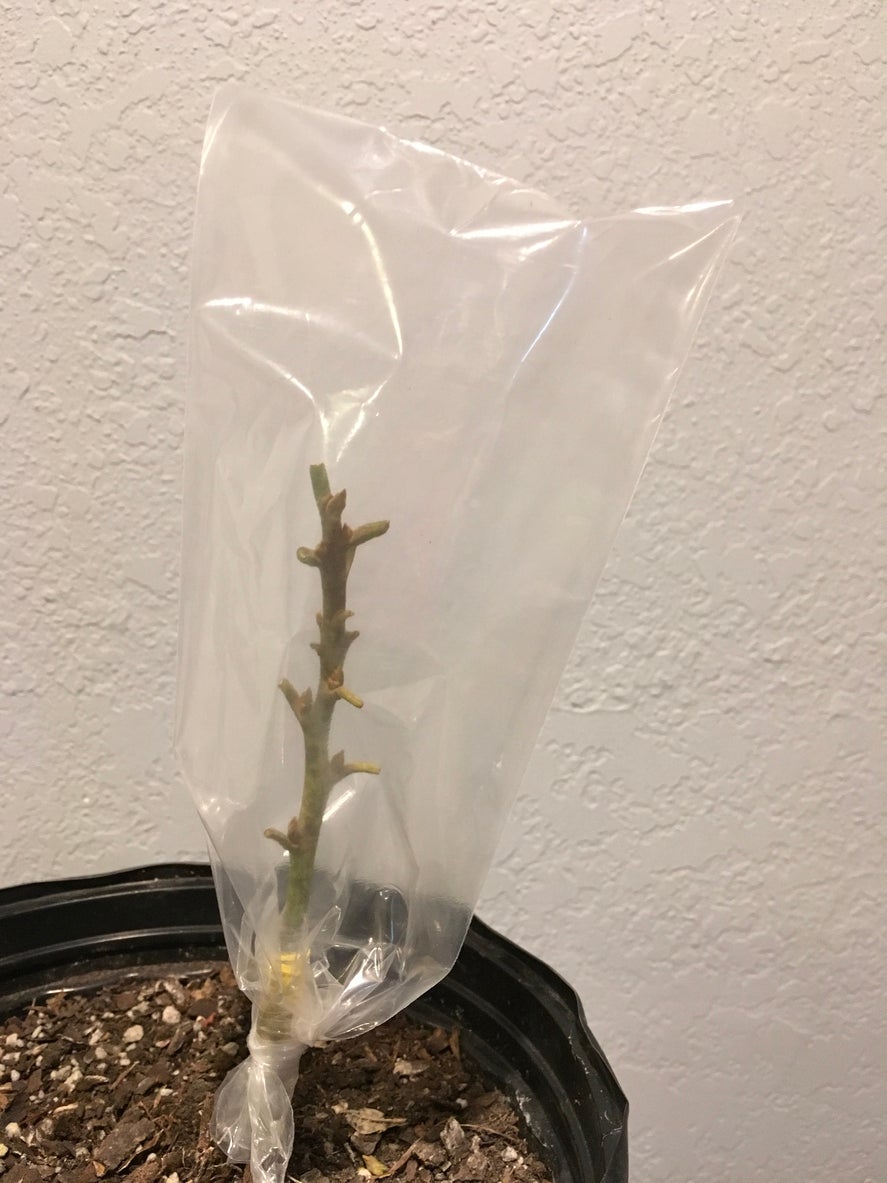Avocado Tree Grafting – Caring For A Grafted Avocado Tree


Grafting is a process of joining parts of two trees biologically. For example, you can graft the branch, or scion, of one tree onto the rootstock of another, allowing the two to grow together into one tree. Can you graft avocados? Grafting avocado trees is a common practice for commercial producers, but rather difficult for gardeners. Read on for more information about avocado tree grafting.
Avocado Tree Grafting
Avocado growers get most of their fruit from grafted avocado trees. Grafting avocado trees is considered necessary in order to obtain a large crop of top quality fruit.
Avocado tree grafting isn’t technically necessary to get fruit to grow. However, grafting can speed up the process of fruit bearing. If you grow an avocado tree from an avocado seed, you’ll have to sit with the seedling for six years before you see any fruit. Even after the seedling grows, there is no certainty that the tree will look like the parents or produce fruit of the same quality.
That’s why avocados are usually not seed grown. They are commonly propagated by grafting a cultivar to a rootstock. There are many grafted avocado trees out there. In fact, most commercial avocado production is from grafted avocado trees. However, that doesn’t mean anyone can graft one.
Avocado tree grafting involves connecting the branch of an avocado cultivar (the scion) with the rootstock of a different tree. As the two grow together, a new tree is created. The closer the scion and the rootstock are to each other biologically, the better chance you have of successfully grafting them.
How to Graft an Avocado
How can you graft avocados at home? If you are wondering how to graft an avocado, it is a matter of precision. First, you must position the branch section properly on the rootstock.
The green cambium layer of wood, just beneath the bark, is the key. Grafting avocado trees is only possible if the cambium on the branch and the cambium on the rootstock touch each other. If not, the graft is certain to fail. Perhaps the most common method of grafting avocados is the cleft graft, an ancient method for field grafting. If you want to graft, start in early spring.
Sign up for the Gardening Know How newsletter today and receive a free copy of our e-book "How to Grow Delicious Tomatoes".
Make a vertical split in the center of the rootstock, then insert one or two branches (scions), with two or three buds, into the cambium layer of the rootstock. Place the rootstock in moist sphagnum moss. It will hold water but also allows for aeration. The temperature should be about 80 degrees F. (37 C.), although the scion must remain cool.
Create humidity to prevent drying of the graft union. According to experts, avocado tree grafting is difficult. Even in ideal conditions, the odds of successfully grafting avocado is low, even for professionals.

Teo Spengler is a master gardener and a docent at the San Francisco Botanical Garden, where she hosts public tours. She has studied horticulture and written about nature, trees, plants, and gardening for more than two decades, following a career as an attorney and legal writer. Her extended family includes some 30 houseplants and hundreds of outdoor plants, including 250 trees, which are her main passion. Spengler currently splits her life between San Francisco and the French Basque Country, though she was raised in Alaska, giving her experience of gardening in a range of climates.